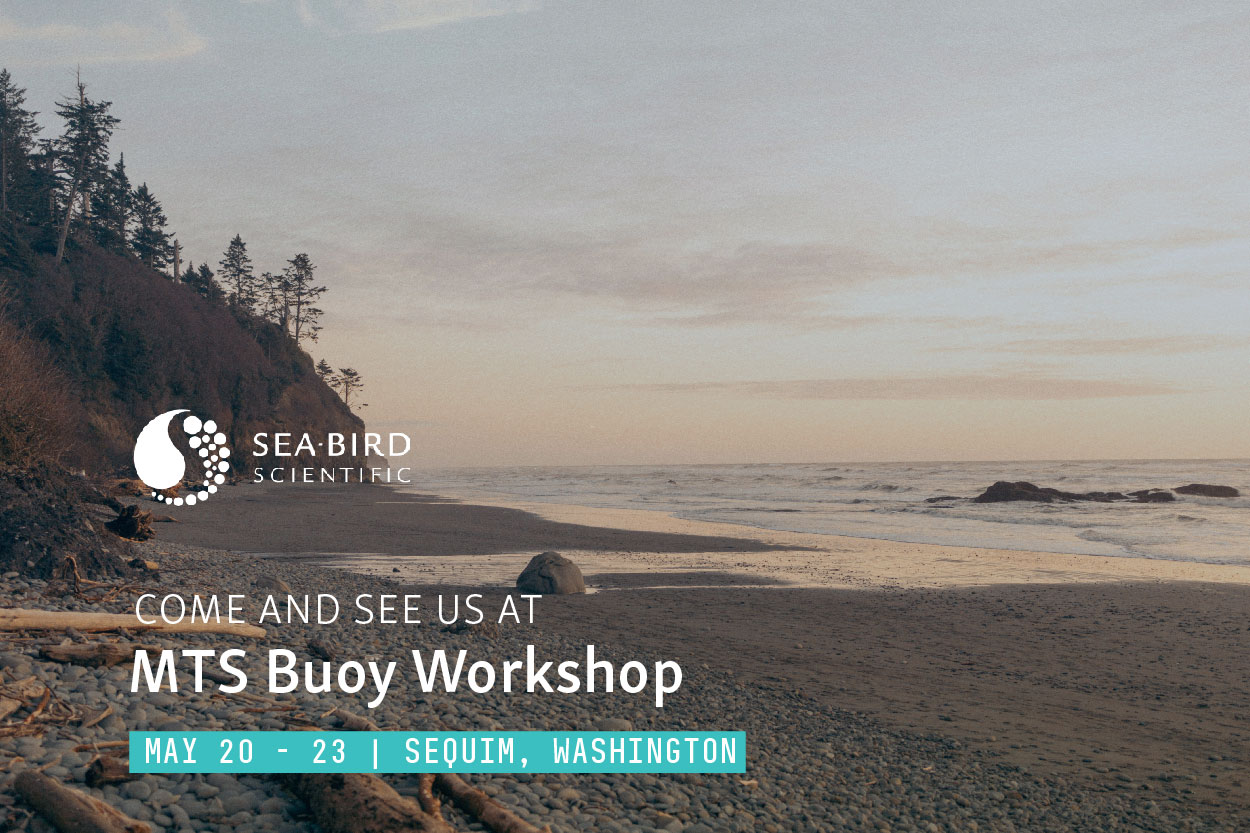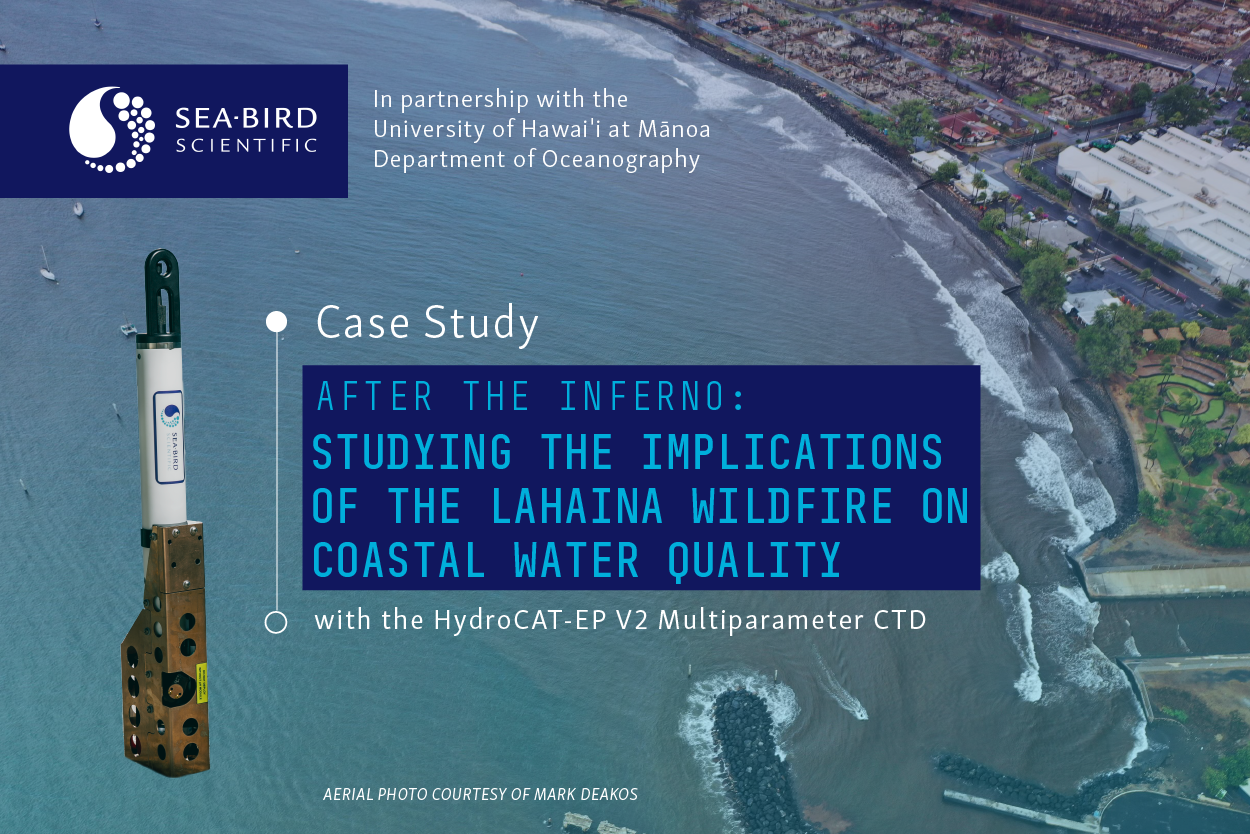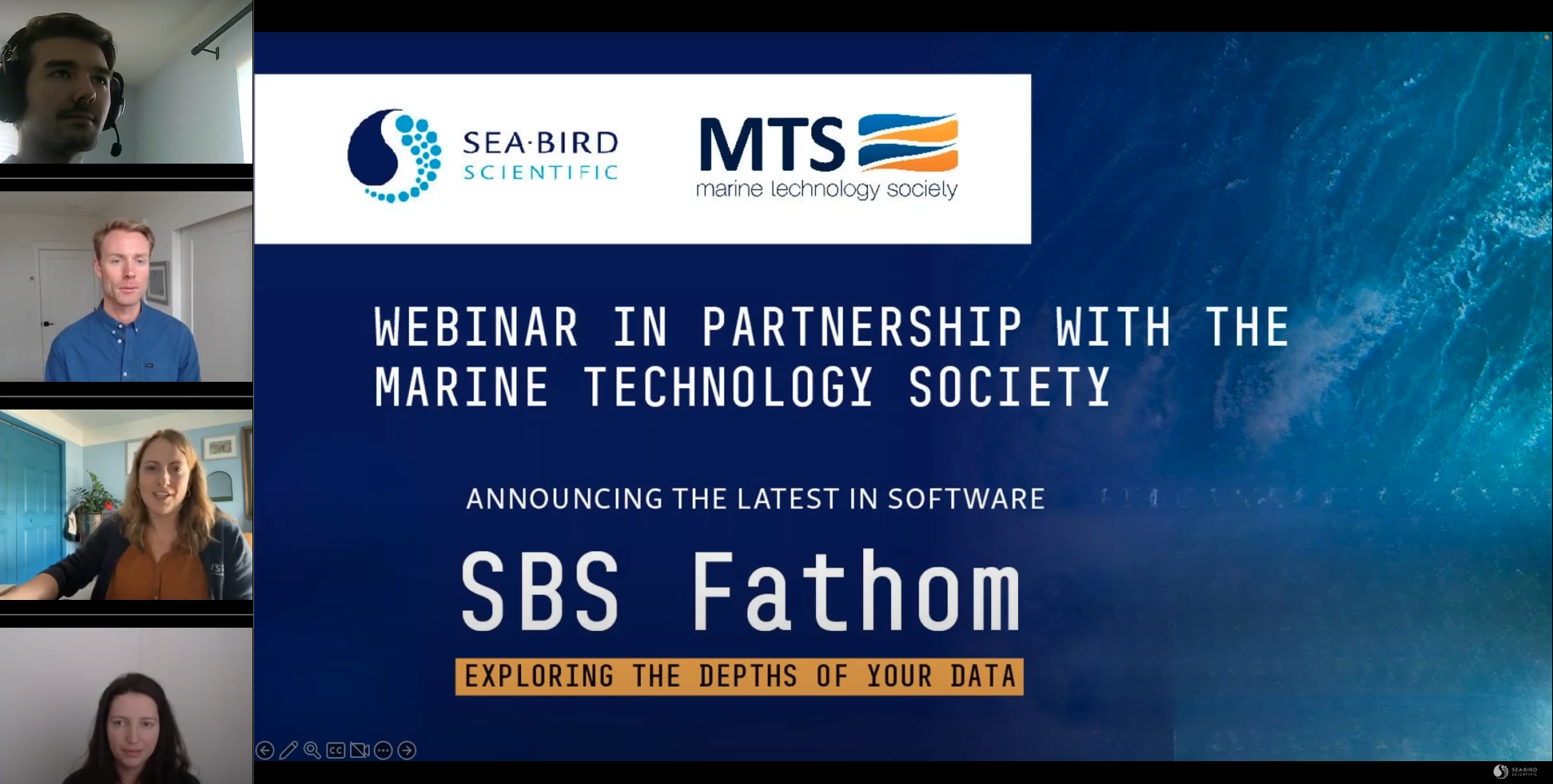Remembering Art Pederson
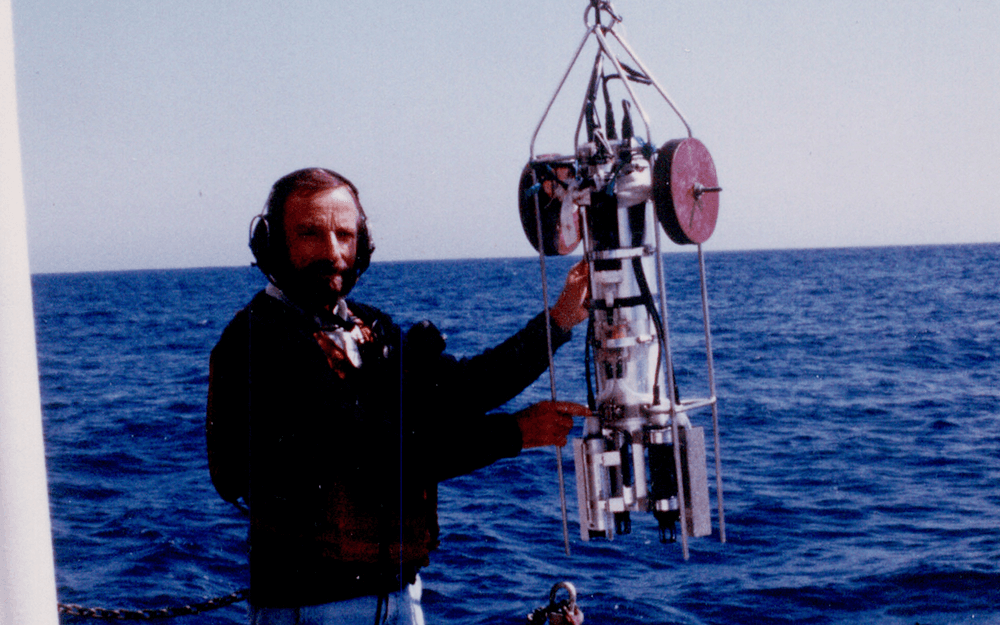
Art deploying an early CTD model.
Prior to founding Sea-Bird Electronics, Art worked for the Applied Physics Lab (APL) at University of Washington. At APL, in the mid 1960’s Art applied Wien bridge circuitry methods to temperature measurements in the ocean. Norge explains that APL created some of the first oceangoing AUVs by replacing the warheads on torpedoes with scientific sensors. “Torpedo engines are meant to get somewhere fast, and they were exceptionally electrically noisy. So, you had to have circuitry that could make precise measurements without influence from all this electrical noise. The Wien Bridges and FM counting methods can do that elegantly”. This innovation helped refine the “T” in “CTD”, and Art later applied the Wien bridges to conductivity sensors, developing Sea-Bird’s first internal field C sensors.
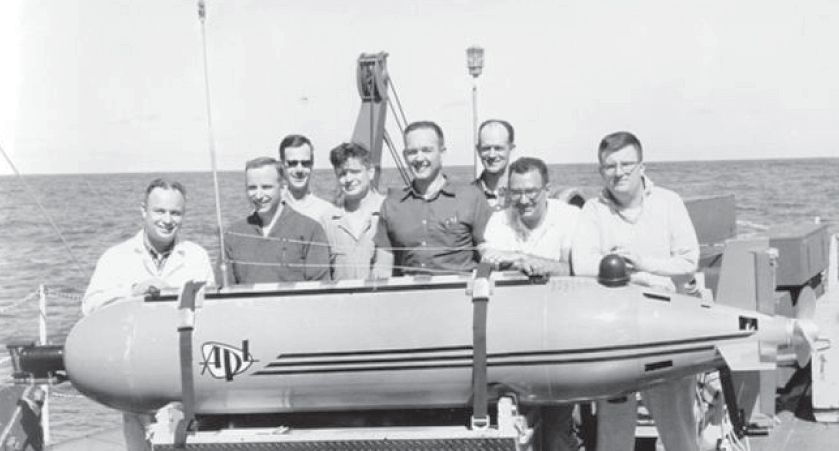
Art (second from the left) and fellow APL Engineers with SPURV, the “Self-Propelled Underwater Research Vehicle” in the late 1960s. SPURV was the Navy’s first AUV.
Art took an incentive to retire early from University of Washington along with an exclusive manufacturing license for the Wein bridge T&C sensor from APL and founded Sea-Bird Electronics in 1979. Art also invented hybrid period counting before it was introduced by Hewlett Packard. These innovations formed the basis of the first Seabird CTDs and continue to make our CTDs the best in the world. Joined by Ken Lawson, the two began by working out of a bedroom in Art’s house. The first CTDs from Sea-Bird Electronics came out in 1982. Over the years, Art and Ken developed exceptionally stable Wein bridge circuitry underpinning the high-accuracy that is a Sea-Bird hallmark. As the company grew and established trust with the scientific community, Norge credits Art’s leadership with getting Sea-Bird Electronics off the ground. “He just treated things in a simple way, and he could be brutally honest. You really liked talking to Art, but sometimes it could get uncomfortably real. He would say ‘Norge you’re not doing your job, this is what it needs to be’. It was simple. And it was always delivered in a non-judgemental way. I really appreciated Art”
Art’s designs form the bedrock of our CTDs to this day. Through these designs and his “North Dakota” leadership, he established Sea-Bird Electronics as a successful facilitator and co-practitioner of oceanography, and a company that continues to make important contributions to the scientific community. As 2021 comes to a close, Art’s company has developed and provided over 70 different instruments to that ocean community.
Related Posts
Featured Posts
2024 MTS Buoy Workshop
We are excited to exhibit at the upcoming MTS Buoy Workshop this year from May 20 - 23. Please come visit us in our backyard at table #1 to chat with our team to learn more about the latest at Sea-Bird Scientific and oceanography. We'll have associates from...
Case Study: Understanding the Implications of the Lahaina Wildfire on Coastal Water Quality with the HydroCAT-EP V2
Contributors: Dr. Andrea Kealoha (she/her)¹, Natalie Zielinski (she/her)², Marialena Christopoulou (she/her)² Authors: Lindsey Biondo (she/her)², Natalie Zielinski (she/her)² ¹ University of Hawai’i at Mānoa, Department of Oceanography, 1000 Pope Road, Honolulu, HI...
Webinar on Fathom Software in Partnership with the Marine Technology Society
We were excited to partner with the Marine Technology Society (MTS https://www.mtsociety.org/) to bring you a webinar to walk through our new software. We’re excited to release Fathom – the latest in software innovation at Sea-Bird Scientific (SBS). Heather Eberhart,...
